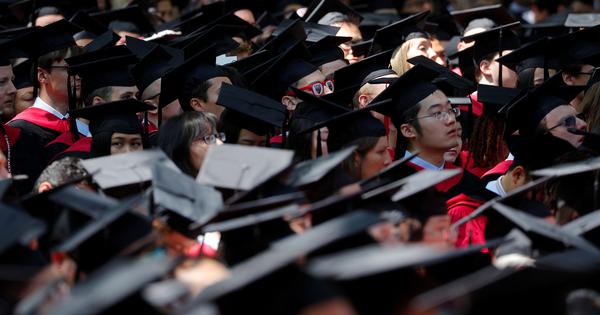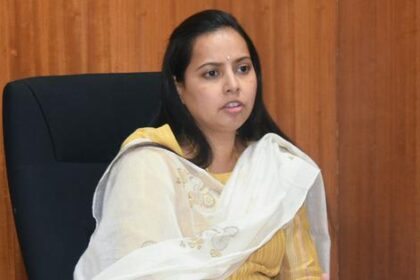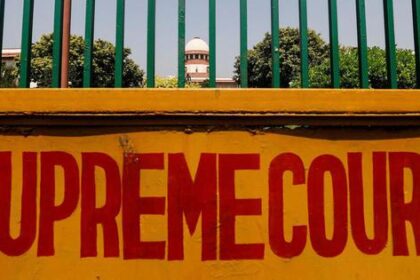Decline in arrivals attributed to visa processing delays and stricter immigration policies.
The number of Indian students arriving in the United States ahead of the fall semester has seen a notable decline of 44.5% this August compared to the same period last year. This drop brings the total to its lowest level since the onset of the Covid-19 pandemic, with only 41,540 Indian students entering the country on F and M category visas. The F visa caters to those pursuing academic studies, while the M visa is designated for vocational training. These figures encompass both incoming and returning international students, which complicates the identification of new entrants alone.
Traditionally, August witnesses a surge in international student arrivals, coinciding with the commencement of the academic year at universities across the United States. In the years following the pandemic, there had been a steady increase in the number of Indian students traveling to the US. For instance, in August 2021, the arrivals stood at 56,000, which rose to 80,486 in 2022, and peaked at 93,833 in August 2023. However, this upward trend was interrupted, as the numbers dropped to 74,825 in August 2024.
The last time the figures were lower than the current level was in 2017, during the initial year of Donald Trump’s presidency, when only 41,192 Indian students arrived. This significant decrease in Indian arrivals is part of a broader decline in international student traffic to the United States. Overall, the total number of international students entering the country has decreased by 19% compared to the same month last year.
Asian countries, which represent over 70% of the international student population in the US, have experienced some of the most substantial declines, with a 24% drop in August alone. This includes a 12% decrease in arrivals from China. The decline in student numbers is occurring alongside sweeping changes to US immigration and visa policies implemented during the Trump administration. These changes include delays in visa processing, travel restrictions from 19 countries, and more stringent vetting processes for student visa applicants, which now even extend to reviewing their social media profiles.
Additionally, the administration has expressed intentions to take action against students for pro-Palestinian speech, further complicating the landscape for international students. As these challenges continue to shape the experiences of prospective students, the ramifications of these policies could have lasting effects on the attractiveness of the US as a destination for education.








